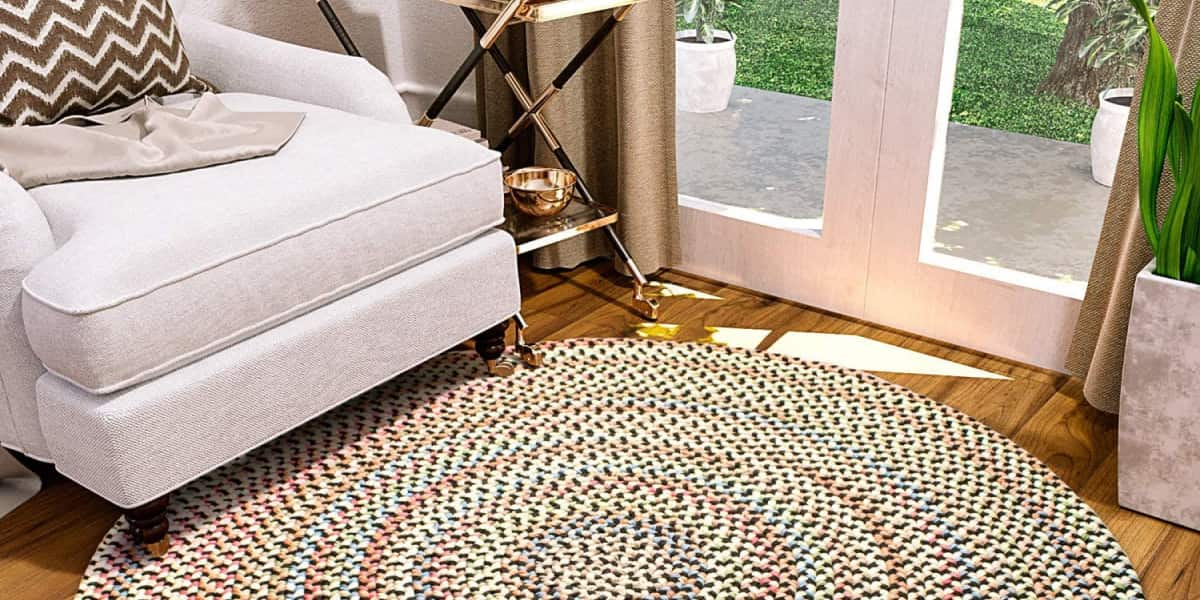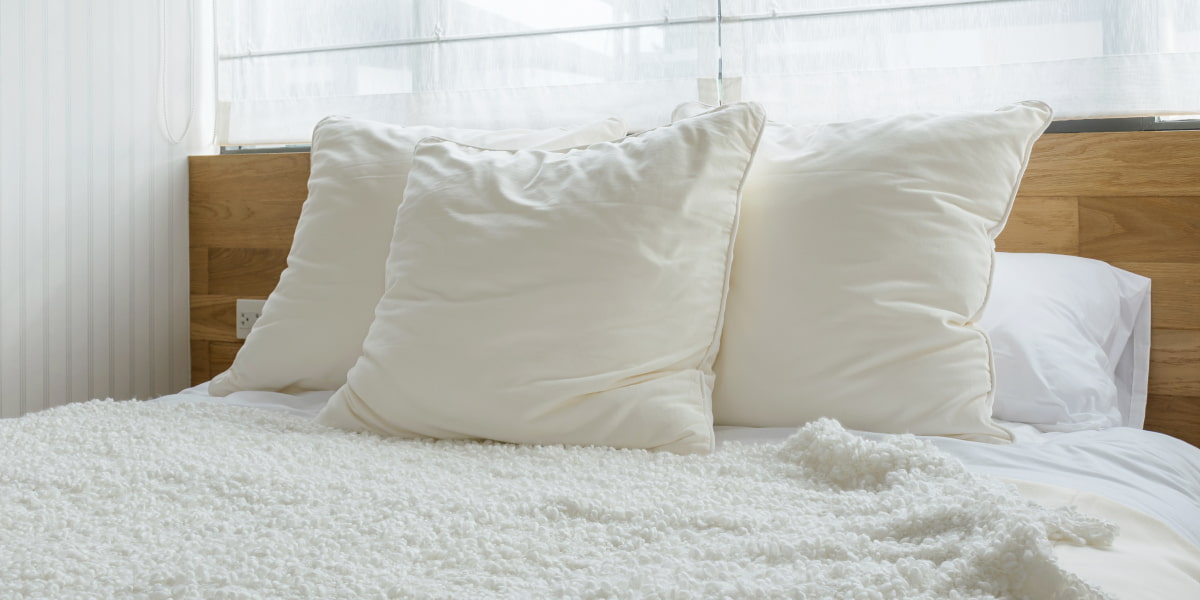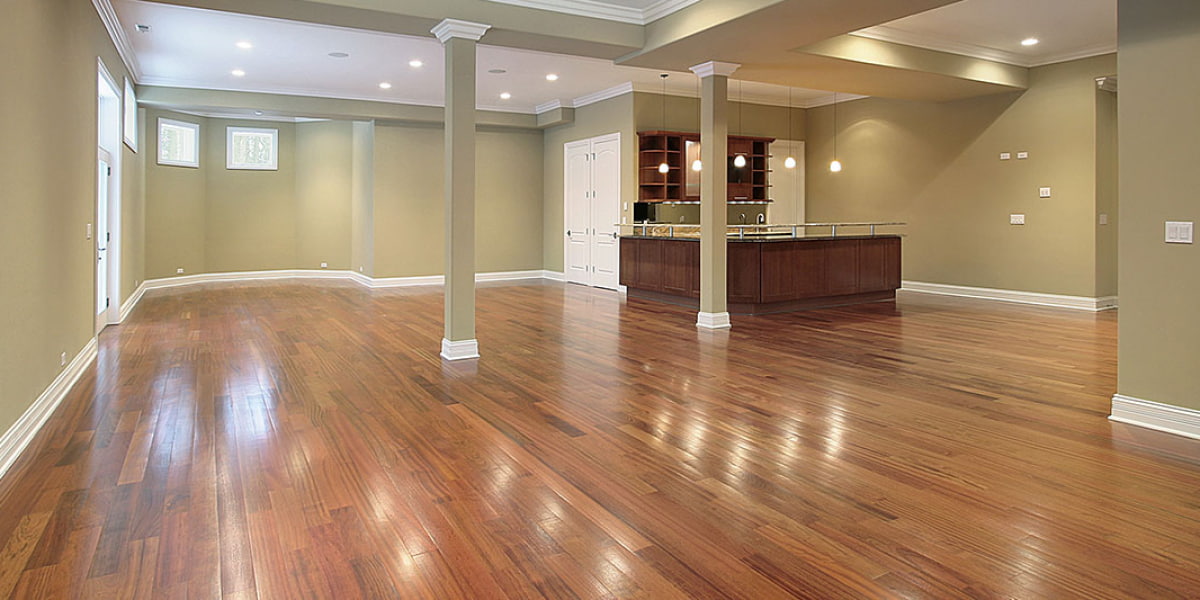Published on September 7th, 2022
Last updated on February 6th, 2023
Why Is There Black Soot In My House? Black Soot Causes And Prevention
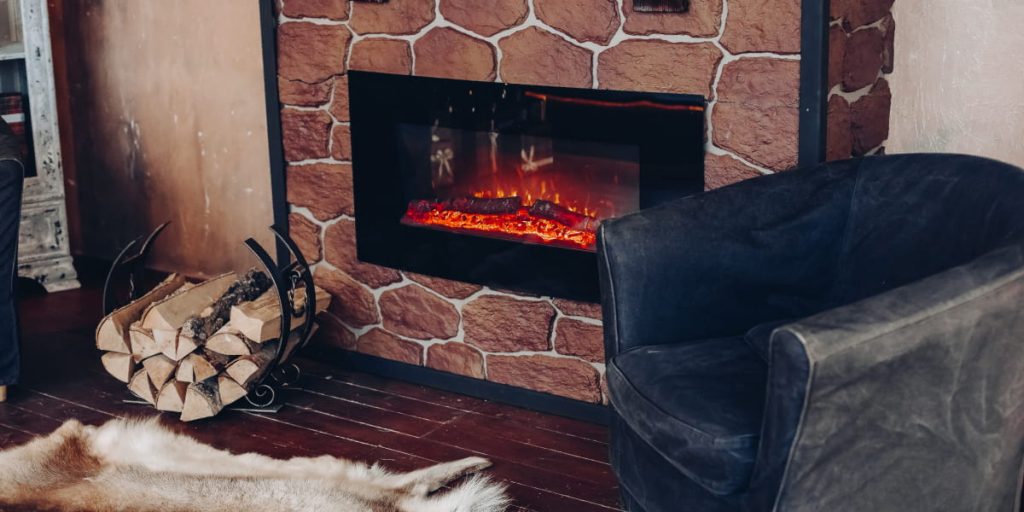
Black soot in the house results from incomplete combustion of a carbon-containing material (fuel). Combustion is an oxidation reaction. Carbon monoxide (i.e., soot) CO is produced when there is a lack of oxygen during combustion. Any burning material can form soot, including natural gas, liquefied gas, wood, oil, candle wax, gasoline, diesel fuel, tobacco smoke, dust, dirt, cooking fats, and carpet fibers.
Unburned carbon and sulfur in fuels burned in oil furnaces, in the form of black smoke filled with particles, are called soot. Oil furnaces can cause soot blowing and soot buildup in vents and chimneys.
Have you noticed that your once-clean air filter has turned entirely black? Or maybe recently painted walls have begun to take on a dark and dirty hue? Black soot is the reason, but the underlying cause remains to be seen.
What Are The Causes Of Black Soot In The House?
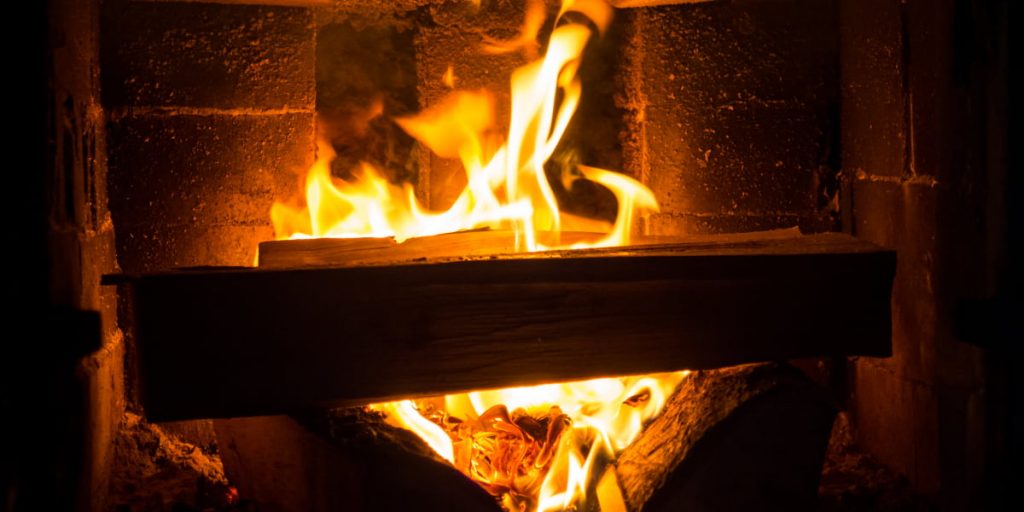
One of the causes of black soot is household appliances, especially boilers and fireplaces. All boilers burn fuel (gas, wood, coal, etc.). Since it is depleted (not natural gas) and any combustion is accompanied by oxidative processes (combustion of fuel and oxygen at high temperature), when they malfunction, the temperature drops. Therefore, black soot is caused by a low degree of carbon oxidation.
Black dust usually accumulates in the house for the following reasons:
Stoking the boiler with damp wood. Wet wood does not catch fire immediately in the firebox. It needs time to dry. During this time, the temperature in the firebox decreases rapidly. There is more carbon and less oxygen. All this leads to black soot deposits on the chimney’s walls;
Boiler heating with coniferous wood. It is not an obvious point, and many homeowners often do not think about it. However, all softwoods (spruce, pine, pita, etc.) are resinous (i.e., they contain a large amount of resin). These resins typically turn into black soot when burned;
Burning dirty and unsuitable firewood and rubbish. Any hard-to-ignite particles on the fuel (dirt, plastic, polyethylene) and burning the boiler with unsuitable wood (plywood, chipboard, OSB);
Restricting the draft. Many homeowners deliberately limit the air supply to the boilers (so that the wood smolders rather than burns longer). It is not a good idea. By limiting the draft, we get the effect of saturating the chimney with carbon, with a lack of oxygen. As I said above – this is the ideal situation for black soot formation.
How To Identify If A Chimney Is Clogged With A Black Soot?
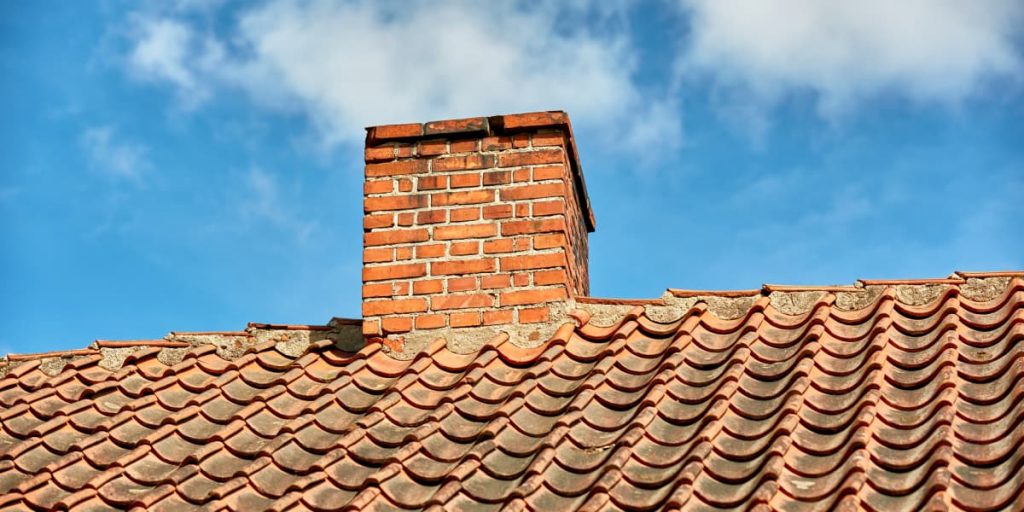
There are two ways, direct and indirect. Visually, a chimney blockage is determined by the color of the smoke. It is dark gray or black if it comes out of the chimney. It means that there is a lot of soot accumulated in it. As for indirect signs and troubles with a clogged chimney, they can be very different:
- Black dust and soot getting in the house can happen when the stove malfunctions. And suddenly starts spitting smoke back into the house, or lumps of soot start falling out of the vents;
- A reduction in the capacity of the chimney flue. It resulted in a reduced draft in the boiler and increased fuel consumption;
- Frequent attenuation of the flame in the boiler’s combustion chamber. It results in constant restarting of the boiler, plus it becomes more difficult to ignite;
- An unpleasant, persistent smell of black dust in the house. Or (even worse) carbon dioxide (CO2) may enter your home.
What should you do if you encounter such a problem? There is only one thing to do – get your chimney cleaned as soon as possible. If the boiler and chimney are functioning correctly, but the first signs have already appeared, the problem can be avoided. You need to understand the cause of a clogged chimney and how to clean it.
How To Prevent Black Soot From Appearing?
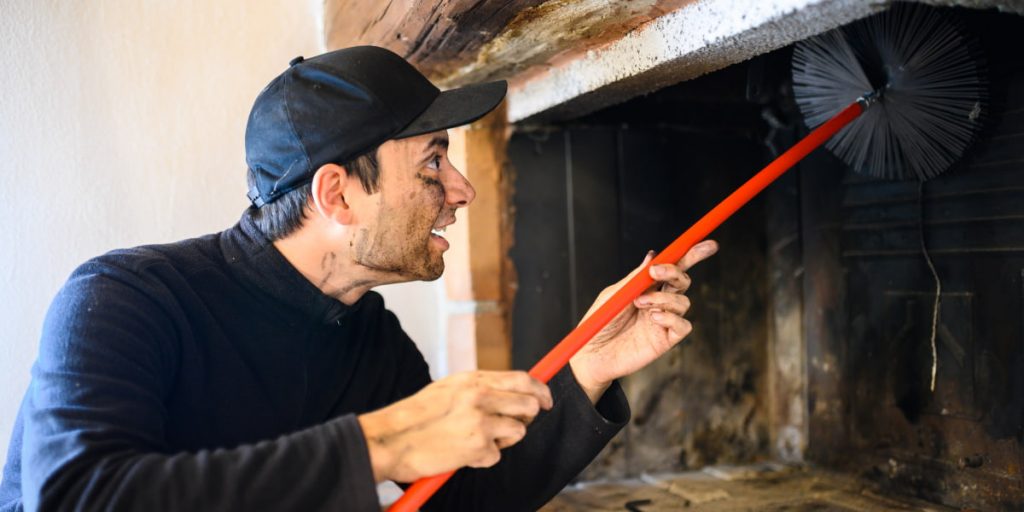
If the signs described above occur, you must clean them immediately. If you are talking about preventive cleaning, at least 2-4 times a year. The best time for cleaning is the end of summer, i.e., before the start of the heating season. You can either do it yourself or hire a professional cleaner.
There are three ways:
1. Mechanical
In this case, the black soot is cleaned on the chimney’s walls with a special ruff. You can clean the chimney with this method from the top (from the roof) or the bottom (with flexible hoses).
2. Chemical
If the chimney is not very dirty, you can clean it from black soot even without a chimney sweep. Special cleansing powders and briquettes can help you with this. These are simply poured into the fire after the fire chamber has been heated. What makes the soot disappear? The simple substances inside the powders and briquettes make the soot soft and light, resulting from falling off the walls and flying up the chimney. However, this method is unsuitable for heavy sooting (the black soot can fall under its weight and clog the chimney).
3. Other Means
Using old-fashioned methods, you can use some clean chimneys from black soot: salt or potato peels. This method works, but it depends on many factors. It’s not dangerous, so you might as well check it out.
The fourth method is to burn all soot by turning the boiler on full and filling the furnace up to the top with wood or pellets. But it is perilous (in case of sharp ignition of soot in the chimney, it can start a fire). Therefore, I do not recommend it.
What Are The Consequences Of Black Soot In The House?
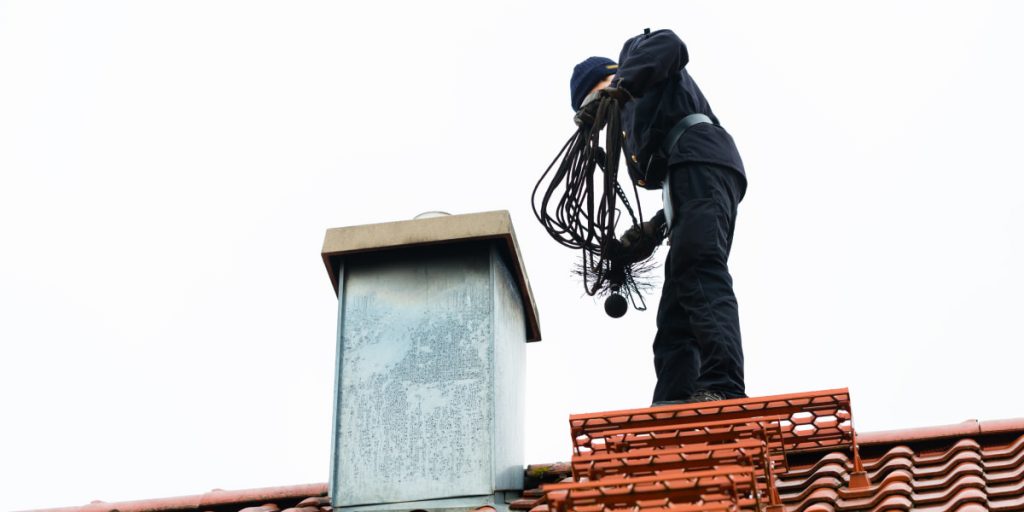
A blocked and clogged chimney in a home is dangerous. It can lead to carbon monoxide poisoning of the occupants or a fire (due to sudden ignition of soot). If you can smell carbon monoxide or black soot in your home or notice smoke from the boiler on the walls and roof – you should call a professional immediately.
Regarding prevention. Many homeowners mistakenly believe there is nothing to do if there is no sign of soot. It is a mistake. Scientists have considered that even a tiny layer of soot, 2-3 mm thick, is already enough for your boiler to start working inefficiently. And the thicker this layer, the more problems appear.
Remember: black soot and ash dust are risky. It harms our lungs and destroys them (because it is highly explosive). If there is a fire, even if your house is insured, the insurance company may refuse to pay the claim because the chimney has not been cleaned regularly. Therefore, when calling a chimney sweep, keep all contracts and receipts.
Bottom Line
A fireplace can be a natural decoration of your home, but it can also cause a fire. Even if a house’s appliances are technically correct, improper maintenance can lead to disaster. It can be caused by black soot on the chimney’s walls when the wood is burned. The consequences of a poor chimney draft are the smell of smoke in the room and poor fuel combustion. But the damage from black soot does not end here. The slightest spark can easily ignite it. And the combustion temperature of such deposits exceeds 1000 °C. That is why controlling the situation and preventing an unfortunate outcome is necessary. And after you’ve discovered the problem of soot in your home, you can start decorating your fireplace to make it look even better.
FAQ
How To Remove Black Soot From Walls?
To begin with, remove the paint from the walls, clean the walls superficially with a vacuum cleaner, then with a brush. To remove dirt, use a brush with stiff bristles or a broom. Try to sweep the soot off the wall, but do not rub it into the surface. Do the work from the bottom, gradually moving up the wall. In the end, wipe the wall with a wet sponge.
Is It Dangerous To Breathe In Black Soot?
Exposure to smoke and soot from fire restoration can happen through the skin and eyes, breathing in, and swallowing. Once soot enters your bloodstream, it can cause a wide range of severe health problems, including breathing problems, shortness of breath, bronchitis, asthma, stroke, heart attack, cancer, and premature death.
Why Is There Black Soot In My House?
Smoke in the house can come from many candles, a malfunctioning chimney, a fire, or sloppy cooking. This can also occur if your gas water heater is not working correctly. Black soot near the appliances is not normal and should be addressed by a professional.
Is Black Soot Carbon Monoxide?
Incomplete combustion occurs when there is a poor supply of air or oxygen. Water is still produced, but carbon monoxide and carbon dioxide are made instead of carbon dioxide. Then the carbon is released as soot. Carbon monoxide is a poisonous gas, which is one of the reasons why complete combustion is preferable to incomplete combustion.



